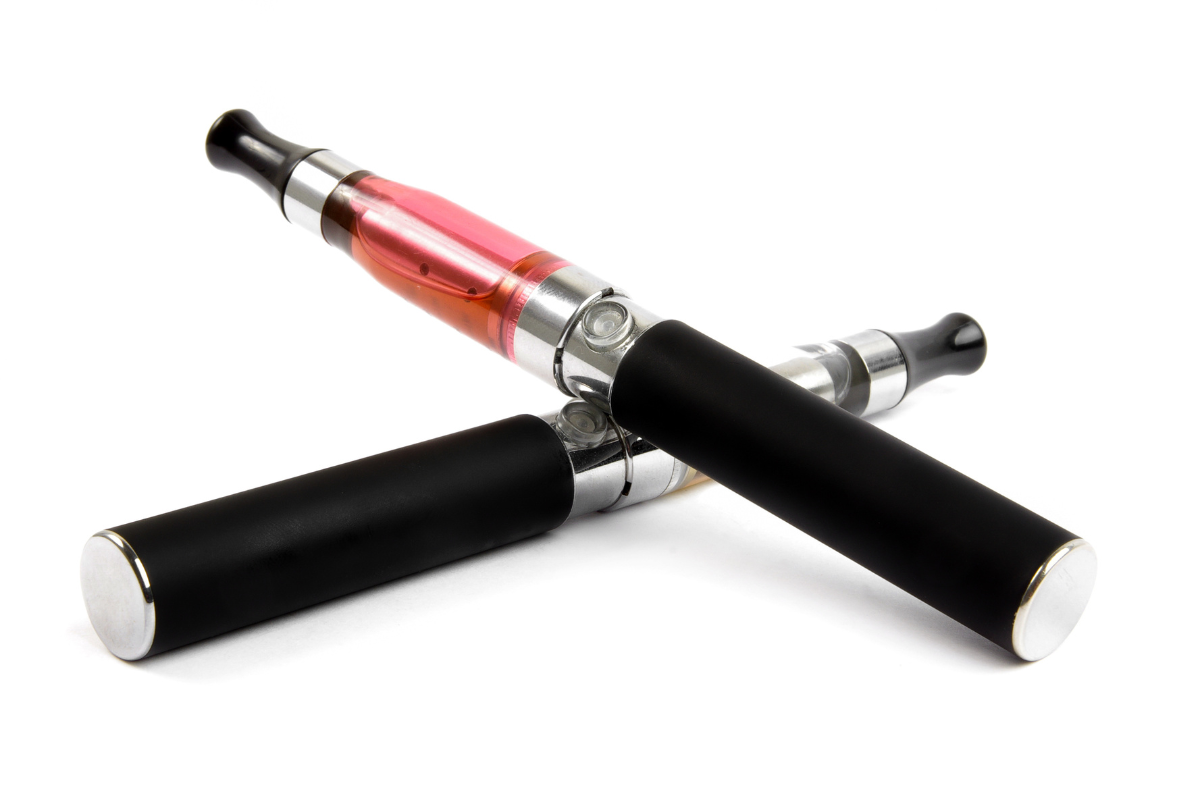
The Brussels-based Waste Electrical and Electronic Equipment Forum estimates about 9 billion kilograms of e-waste is misidentified as regular waste every year. | gmstockstudio/Shutterstock
For its 6th annual International E-Waste Day, a global association of producer responsibility groups is highlighting products that consumers often dispose of improperly because they don’t recognize them as e-scrap.
The Waste Electrical and Electronic Equipment (WEEE) Forum, a Brussels-based association of 52 producer responsibility organizations around the world, estimates that nearly one-sixth of electronic waste, or about 9 billion kilograms per year, goes largely unrecognized by consumers as e-waste.
This “invisible” category includes cables, e-toys, e-cigarettes, e-bikes, power tools, smoke detectors, USB sticks, wearable health devices, smart home gadgets and more, according to a press release. The group also noted that many of the items also contain lithium batteries, presenting fire risks when the devices are discarded.
“Invisible” e-waste is the theme of International E-Waste Day, Oct. 14. In advance of the occasion, the WEEE Forum commissioned the United Nations Institute for Training and Research (UNITAR) to calculate the amount of “invisible” e-waste generated. A recently published report recaps the research takeaways.
“A significant amount of electronic waste is hidden in plain sight,” Magdalena Charytanowicz of the WEEE Forum stated in the press release. “Sadly, invisible e-waste often falls under the recycling radar of those disposing of them because they are not seen as e-waste. We need to change that and raising awareness is a large part of the answer. Much effort and progress was made around plastic pollution and people are now more conscious about it, especially with a UN treaty on plastics in the works by 2024. We hope the same will occur in the e-waste field.”

